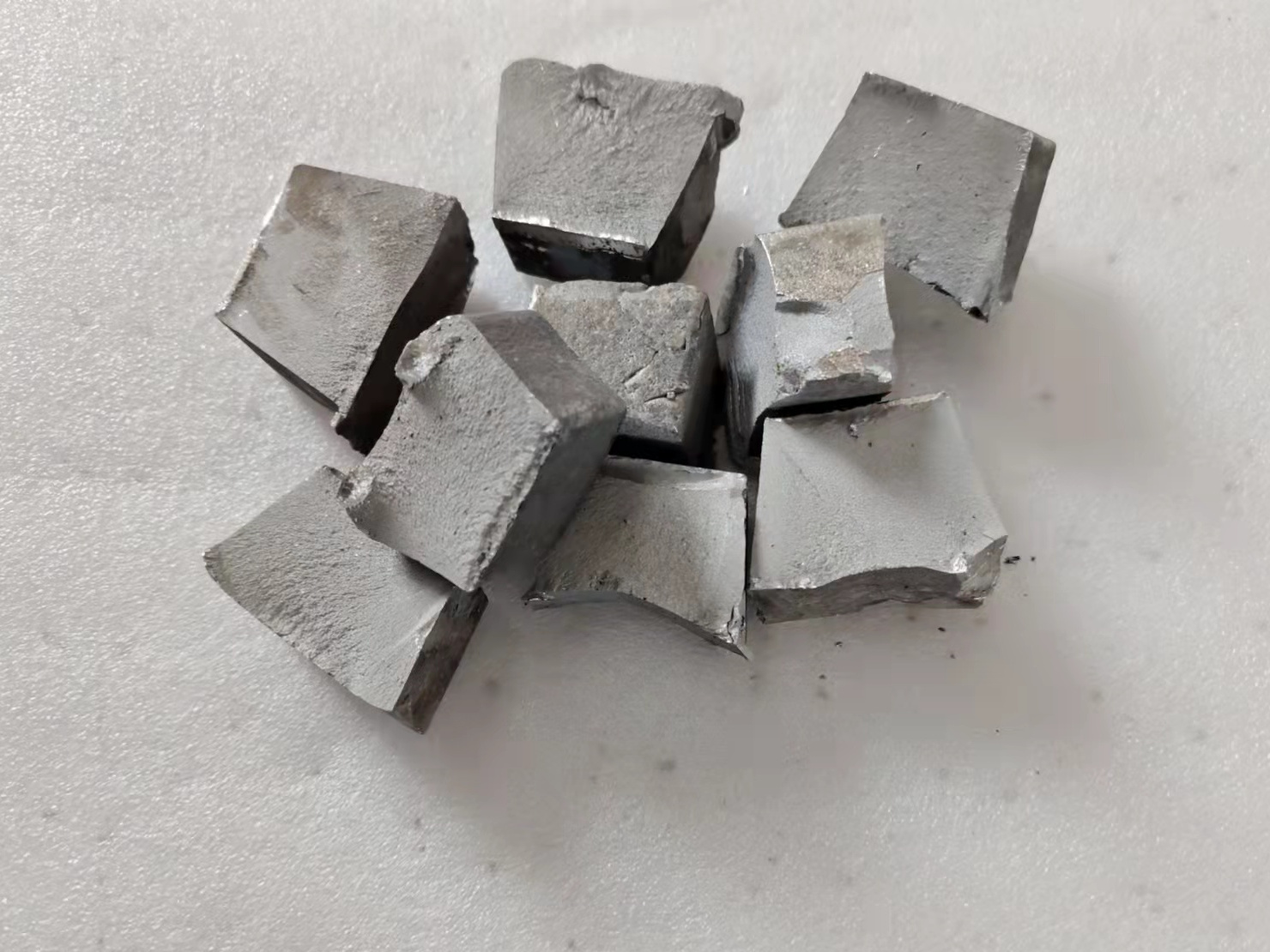Preparation of Rare Earth Metals
The production of rare earth metals is also known as rare earth pyrometallurgical production. Rare earth metals are generally divided into mixed rare earth metals and single rare earth metals. The composition of mixed rare earth metals is similar to the original rare earth composition in the ore, and a single metal is a metal separated and refined from each rare earth. It is difficult to reduce rare earth oxides (except for oxides of samarium, europium, ytterbium, and thulium) into a single metal using general metallurgical methods, due to their high heat of formation and high stability. Therefore, the commonly used raw materials for the production of rare earth metals are their chlorides and fluorides.
(1) Molten salt electrolysis method
The mass production of mixed rare earth metals in industry generally uses the molten salt electrolysis method. This method involves heating and melting rare earth compounds such as rare earth chlorides, and then electrolysis to precipitate rare earth metals on the cathode. There are two methods of electrolysis: chloride electrolysis and oxide electrolysis. The preparation method of a single rare earth metal varies depending on the element. Samarium, europium, ytterbium, and thulium are not suitable for electrolytic preparation due to their high vapor pressure, and instead are prepared using reduction distillation method. Other elements can be prepared by electrolysis or metal thermal reduction method.
Chloride electrolysis is the most common method for producing metals, especially for mixed rare earth metals. The process is simple, cost-effective, and requires minimal investment. However, the biggest drawback is the release of chlorine gas, which pollutes the environment.
Oxide electrolysis does not release harmful gases, but the cost is slightly higher. Generally, high priced single rare earths such as neodymium and praseodymium are produced using oxide electrolysis.
(2) Vacuum thermal reduction method
The electrolysis method can only prepare general industrial grade rare earth metals. To prepare metals with low impurities and high purity, vacuum thermal reduction method is generally used. Generally, rare earth oxides are first made into rare earth fluoride, which is reduced with metallic calcium in a vacuum induction furnace to obtain crude metals. Then, they are remelted and distilled to obtain purer metals. This method can produce all single rare earth metals, but samarium, europium, ytterbium, and thulium cannot be used.
The oxidation reduction potential of samarium, europium, ytterbium, thulium and calcium only partially reduced the rare earth fluoride. Generally, these metals are prepared by using the principle of high vapor pressure of these metals and low vapor pressure of lanthanum metals, mixing and briquetting the oxides of these four rare earths with the debris of lanthanum metals, and reducing them in a Vacuum furnace. Lanthanum is relatively active. Samarium, europium, ytterbium, and thulium are reduced by lanthanum into gold and collected on the condenser, which is easy to separate from slag.
笔记
Post time: Apr-19-2023
